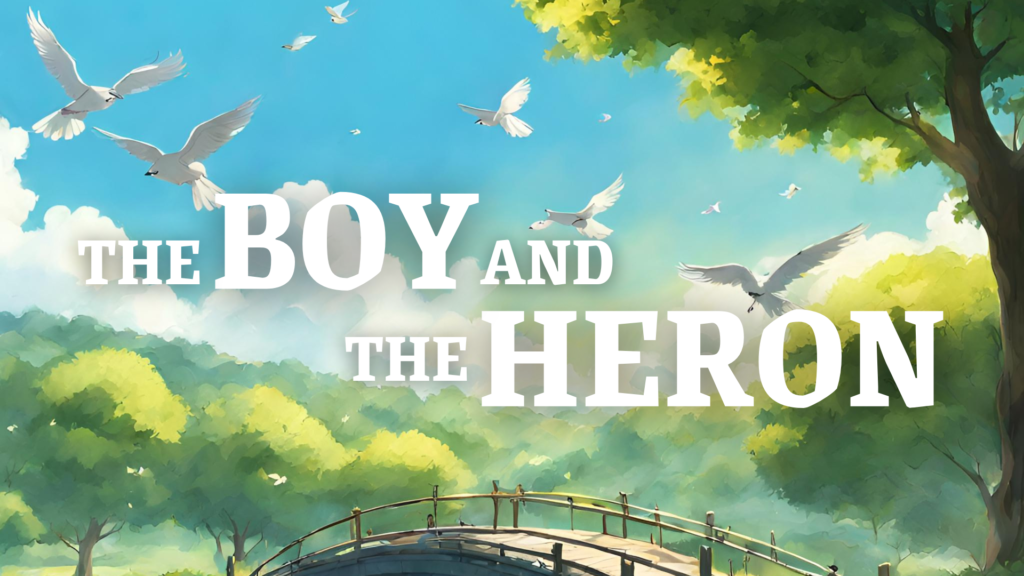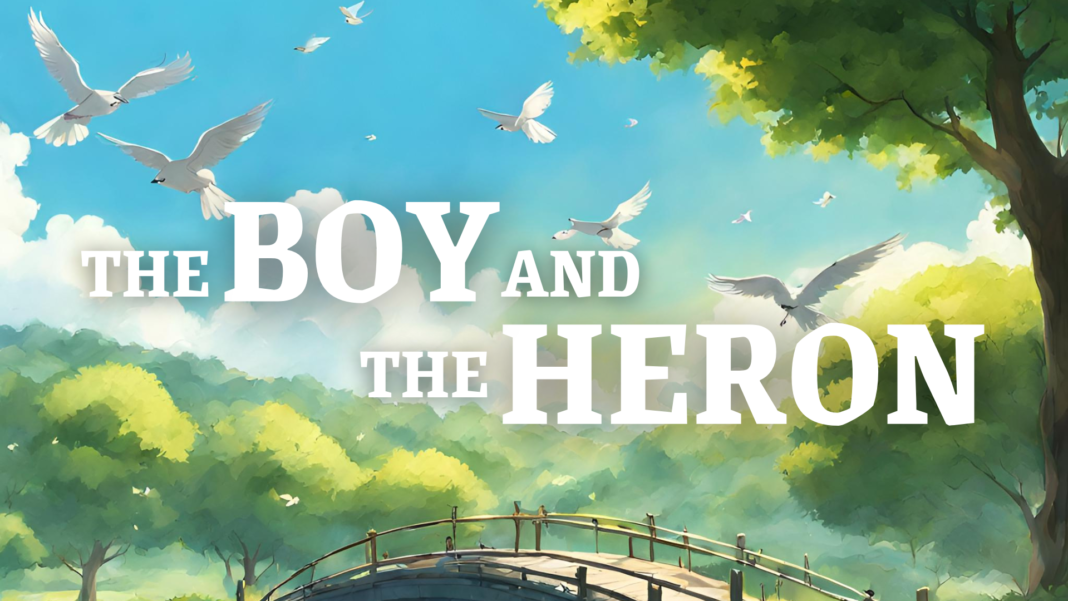
“How Do You Live?” is the original Japanese title of “The Boy and The Heron,” the latest film by director Hayao Miyazaki of Studio Ghibli, which is known for films such as “Ponyo” and “Spirited Away.” It’s also a better title than the American one because of its thematic relevance to the film.
“The Boy and The Heron” tells the story of a young boy in Japan grieving the loss of his mother during World War II. His father remarries and moves back to the countryside, where he is thrust into a magical adventure.
Before this film, Miyazaki had retired with “The Wind Rises” nearly 10 years ago. Different from his previous movies, “The Wind Rises” stripped Miyazaki’s films of his fantastical elements, proving that he didn’t need them to make a great animated feature.
However, his epilogue “The Boy and The Heron” is a welcome return to form, one that Miyazaki felt compelled to make enough to leave retirement for. It’s a fantastical adventure full of cute, white creatures, magic and a lot of birds. Miyazaki is still developing child-like dream worlds that the average person could never even dream of.
This is the worst of his films to watch first, though, since the Japanese title builds off the last sentence of his previous film. Miyazaki stitches together every single idea that he’s ever had into this two-hour movie.
The first half of the movie is much more realistic and sets up the more war-focused ideas of the film, an aspect present in almost every Miyazaki movie: he is known for his anti-war messaging.
Focusing on the main characters, the second half focuses on Mahito, the young protagonist moving past the grief he experiences in the first part as he and his heron friend travel through a strange universe. There, they meet people tied to their past who force them to reexamine certain parts of their lives.
Miyazaki has a deep understanding of real life and how sometimes things don’t tie up in a neat bow and that is heavily present in this film, even in comparison to his past films.
There are two language options when watching this film. The first is to watch it in its original Japanese with subtitles. The next is an English dubbed version of it which stars well known actors like Christian Bale, Gemma Chan, and Robert Pattison. The topic of subtitles versus dubs is a controversial topic, but this film does both versions justice — though I am partial to the original Japanese.
Miyazaki films contain a special ability to connect to audiences young and old. While children can enjoy the wonder and imagination, adults can connect to the larger themes that Studio Ghibli explores in all of their films.
Rating: 4.5/5







